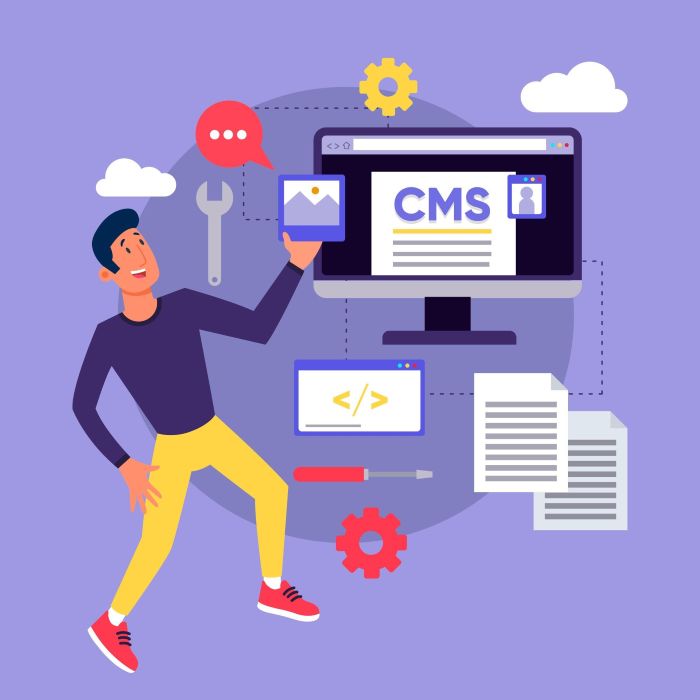Technologies are increasingly changing how small business owners apply for the SBA application process. From smartphone-enabled loan applications to artificially intelligent underwriting, today’s SBA-backed lending environment is faster, brighter, and more open than ever before. For small business owners across the United States, understanding these technological shifts is imperative to remaining competitive and increasing chances of SBA loan approvals. Here, below, is how online technology, automation, as well as changing underwriting, is influencing SBA applications and what potential applicants, going ahead, should know about this changing scenario.
1. Digital-First Submissions Are Becoming the Norm
Those days of having to complete multiple documents at a bank location for a business startup have gone by. Today, most SBA applications are processed online, where the financial institution provides an online platform that is accessed using smartphone devices by the aspiring entrepreneur for real-time responses from the financial officer. This is an important improvement for those who run busy businesses, as they may lack time to visit an actual branch office for this purpose. Secondly, this ensures a much higher level of precision because online applications allow for an analysis of what is needed in order for it to be sent, eliminating any potential discrepancies that slow down the entire process of receiving an SBA approval.
2. AI Is Reshaping the Underwriting Process
AI is also an incredibly important component of SBA applications. Banks increasingly utilize machine learning algorithms to examine financial data, lending patterns, cash flow, industry data, and even industry trends for small companies. AI does not eliminate human intelligence, but it definitely speeds up initial assessments for SBA loans. Underwriting equipped with AI makes it possible for lenders to assess risks more accurately as they identify warning signs even earlier in the process of reviewing an applicant’s data. As a result, customers get faster decisions for pre-qualification, more accurate guidance for document preparation, and more reliable turnaround times for applications to be processed. For those who run entrepreneurial ventures, AI-boosted underwriting makes it possible to get rid of the uncertainty that previously existed in preparing an SBA application.
3. Instant Pre-Qualifiers Are Speeding Up Approvals
In several cases, financing institutions offer their clients immediate or same-day pre-qualification kits developed by automation. In these tools, a soft credit check and preliminary financial data are used to decide if the small business owner may get a loan from the SBA. Such a movement affords those seeking financing a huge benefit: they can figure out where they stand even before filing an official SBA application. With the early view, business owners have the opportunity to make more convincing financial presentations and stay away from lenders who have a low chance of giving them a green light.
4. Technology Is Keeping SBA Loan Rates & Payments Transparent
Innovative graphical interfaces and automated calculators have made it possible for small business owners to have a clearer idea of what to expect concerning SBA loan rates and, in fact, even long-term projections such as estimates of the SBA loan payments. Borrowers, with the help of real-time rate updates and amortization tools, can figure out how the financial decisions they make today will impact their cash flow tomorrow. The transparency that results from this interaction with the data empowers entrepreneurs to take more intelligent borrowing actions and also to plan for their financial obligations even before they lodge their application for an SBA loan.
5. What Applicants Must Know to Keep Up
As the pace of digital transformation continues to intensify, job seekers must also get ready for a more technological SBA loan process in the future. The following advice is for businessmen who wish to apply for SBA loans in this changing
- Digital literacy is an important consideration. Being familiar with online form-filing, uploading documents, as well as smartphone-based banking applications may lead to increased ease of operations for healthcare organizations
- Financial data needs to be organized as well. One of the key factors in automated underwriting is having current financial statements that accurately report financial data
- Pre-qualification tools work for you. Take advantage of them to determine eligibility prior to the SBA application.
- Cybersecurity is critical. Only upload documents using secure, lender-approved portals.
- Human support is available. Technology ensures that this process is faster, but a loan officer is needed for guidance, clarification, or final approvals.
Conclusion
Through the utilization of advanced technologies such as AI, digital tools, and an advanced underwriting system, SBA lending is becoming more efficient, more transparent, as well as more applicant-friendly. This is what’s in store for American businessmen: faster decisions, better insights, as well as more intelligent financial alternatives. As either a startup, a business in-growth, or an established business in search of capital, using this advanced technological platform in obtaining an SBA application for a loan for your business is going to make navigating this process even more clear, as well as achievable, for you to undertake.





